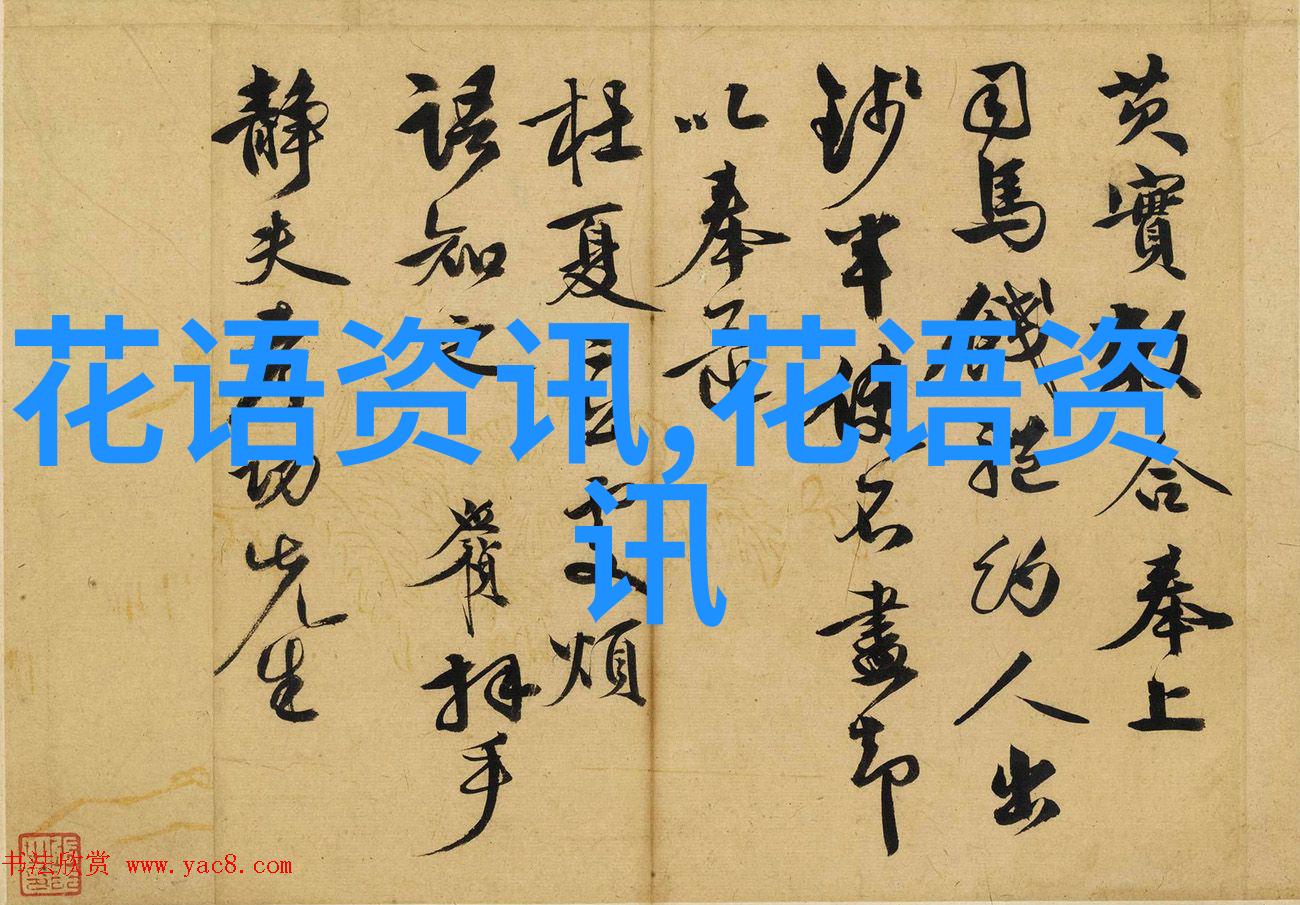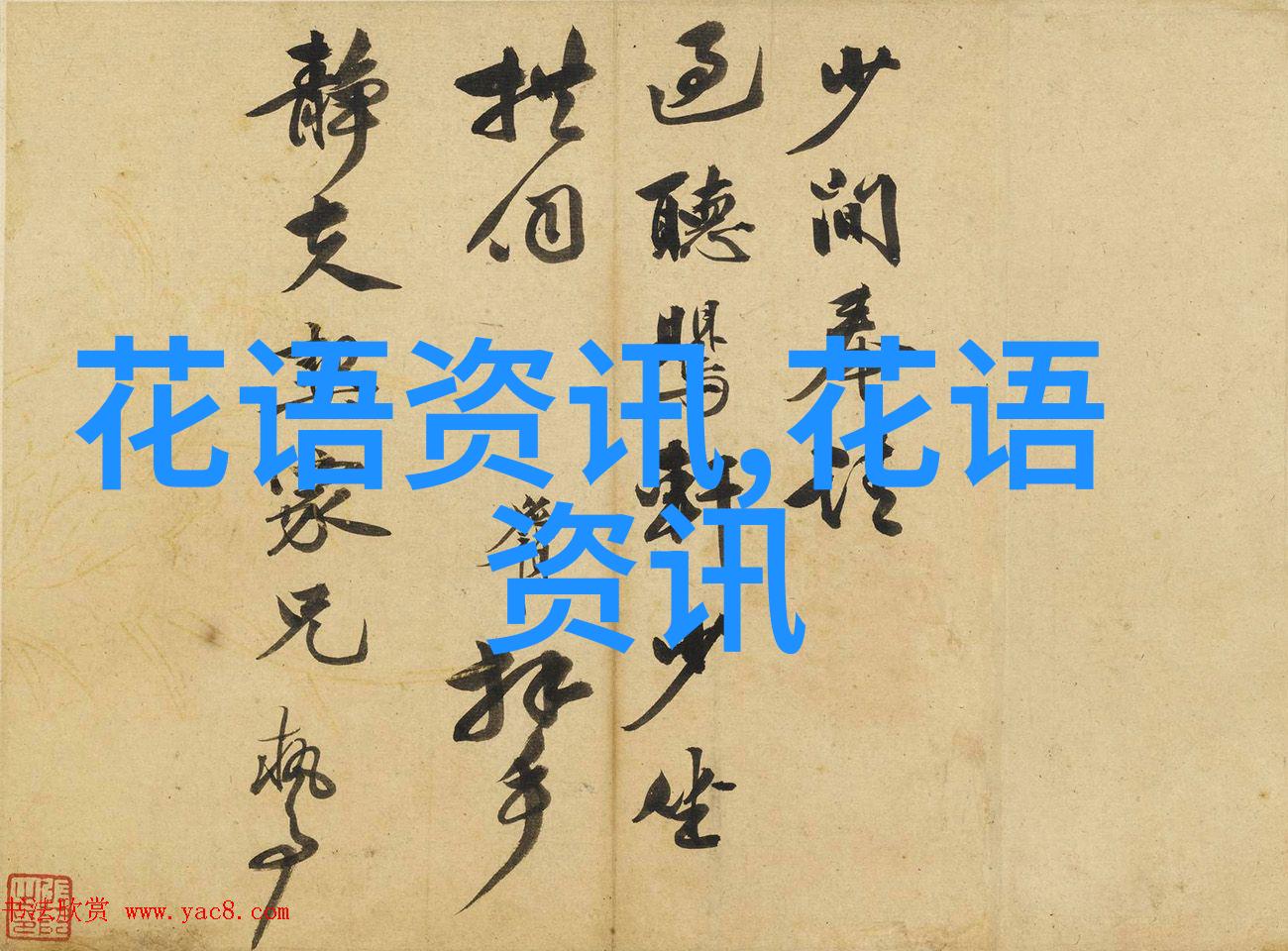记得去年秋天,我去了两次“上海书展”,人潮确实如潮水般涌动。似乎这个城市开始崇尚读书,想起如今糟糕的文化现状,又有了点精神。情愿相信去书展的人都热爱读书,也不愿意认为是宣传造成的后果,即便是的话——一些被鼓动去的人也有可能会因此而喜爱阅读。我们学艺术的,起初又何尝不是如此?

我在那次“上海书展”上想买一些民间艺人的“手艺”类书籍,当代艺术图录史也成了我的关注对象。面对当代艺术圈对“观念”艺术的热衷,以及对“手艺”的贬低,我一直感到诧异。尤其是一些不注重文化阅读的当代艺术家们,转而突发强调起了所谓艺术的“观念”性。不知其有何价值,“观念”,来源又从何谈起?
跨领域研究作用于艺术本体

自从西方“观念”艺术引进中国,就像一盏思想的明灯照亮了中国的艺术世界,或许我们习惯了没有能力发明新词而只能靠翻译借用别人的词?要求太高了吗?也许吧!评论家都为难,更不用说芸芸众生了,况且不用白不用,何乐而不为——“观念”作为一个似乎既当代又国际化表述。
曾经,社会地位几乎并不高于出色的手艺人的我们。但漫长封建社会禁锢也不需要那些闲云野鹤。我对于过去各个朝代皇帝、大臣们把玩瓷器与绘画并无太大区别,但那些涉足绘画且有思想深度的大师们,从过去到现在一直在努力抗争,为摆脱事实上的"手艺"和更好地表达他们的心理境界和言外之意。

我们的自由思想表达不可或缺,而这正是在开放后的近30年里,我们不断拓展边界可能,不管是涉及、社会、经济还是新媒体、新材料、新工具都有它魅力。在这里,“技术创新与视觉语言融合,是现代美术发展的一种重要表现形式。”
然而,这一切首先以主体存在为前提。如果脱离这一点,无论是任何人或事物,都可以称作"作品"——除非作品真正消亡,被取消,被废除,只剩下一种普遍的情感共鸣:吃喝拉撒睡一样无需专门学习。这显然还远未发生。“作品依然拥有其专业方向、发展需要和主体性的存在内涵。”

此话虽矣,对于学者来说,在开始研究树木之前,看一眼森林,最好能够把这个森林的地图印在大脑上,以后走到再细小的小路上,不至迷失方向。而对于学藝者的我們,则需早已站在森林中探索,并试图将树木与整个自然景象联系起来,使之成为自己心灵深处永恒的情感回忆。
因此,有理想的心灵除了要掌握出色的视觉语言表达能力,还要关心社会、心理、哲学、科学等相关知识技能来充实自身,从而使这些融汇到作品之中。这些内外素养或者能力同样也是展示了一种新的审美趋势,也反映出了时代精神和时代价值意义。但跨学科研究仍然要回到"作品"本身。在'作品'本体基础上,我们才能讨论增加内涵与创新的问题,而不是简单地跨领域跳跃。

贬低‘手艺’也无法抬高‘观念’
由于受西方当代风格影响,一些中国artist喜欢使用'概念'这个词来形容自己的artwork。我看到近年出现的是各种各样的'概念水墨','概念油画','概念装置','概念摄影''概念影像等各种类型展览,如若没有名头,那么失去了artworks 当代性、国际性。不过有的所谓conceptual artists直接贬低artworks '技巧',仅为了抬高conceptual arts 的价值。
但很奇怪,并无多少文化知识背景下的contemporary artist却大谈起conceptual art,不知其来源来自何处?
Handicrafts, or "handiwork," is a term that originated in China and refers to the skills of a laborer. It has nothing to do with our modern concept of "arts." The word handicrafts was used by Chinese people long before the term "arts."
In recent years, some contemporary artists have been using this term to describe their work, which they claim is more conceptual than traditional craftsmanship. This has led to confusion about what constitutes good art and what does not.
The truth is that there are many different types of artistic expression, and each one has its own value. Some people may prefer traditional crafts because they appreciate the skill and technique involved in creating them. Others may prefer conceptual art because they enjoy exploring new ideas and pushing boundaries.
Ultimately, it comes down to personal preference. But it's important for us all to remember that every type of artistic expression has its own unique qualities and merits.
For instance, some contemporary artists use technology as part of their creative process. They might create digital artworks or use software programs to manipulate images or sounds. These works can be just as thought-provoking as any other type of artwork.
Similarly, some contemporary artists focus on environmental issues or social justice in their work. They might create sculptures made from recycled materials or paintings inspired by nature's beauty.
In conclusion, while there are many different types of artistic expression out there - both traditional crafts like painting and sculpture, as well as newer forms like conceptual art - each one has its own unique qualities that make it valuable.
So let us embrace all kinds of creativity! Let us celebrate our differences rather than trying to compare ourselves with others.
And who knows? Maybe someday we'll see a world where everyone appreciates all types
of artistic expression equally.
This article was written by an anonymous author.
The opinions expressed here are those solely
of the author.


